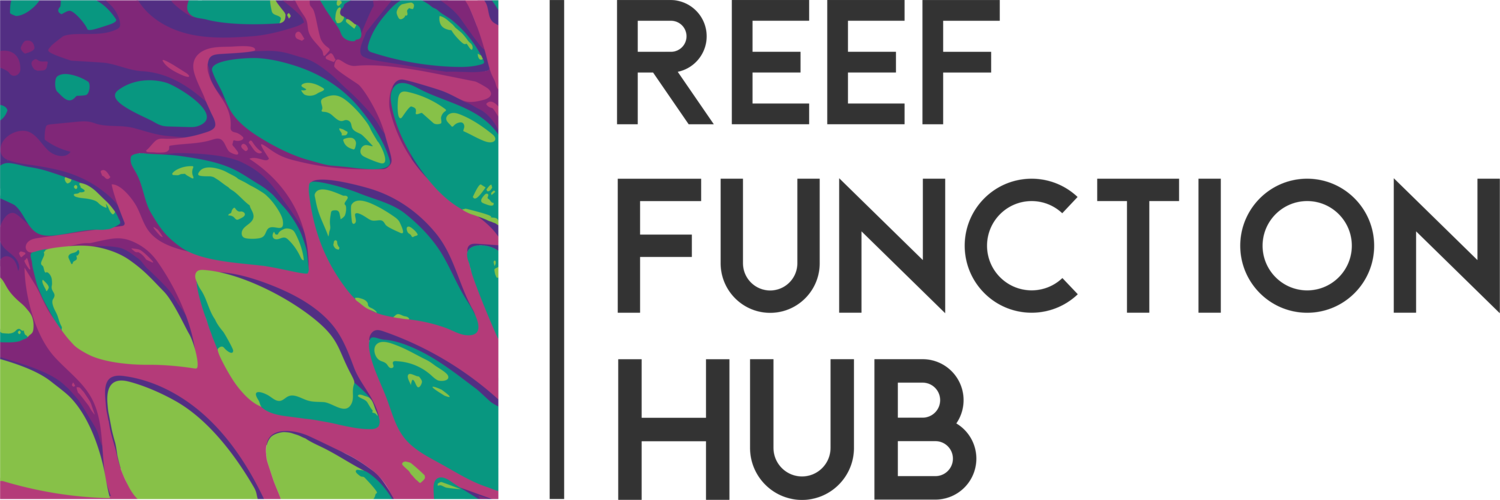Algal turf sediments limit the spatial extent of function delivery on coral reefs
Authors: Sterling B. Tebbett, Christopher H.R. Goatley, Robert P. Streit, David R. Bellwood
Abstract:
The presence of key organisms is frequently associated with the delivery of specific ecosystem functions. Areas with such organisms are therefore often considered to have greater levels of these functions. While this assumption has been the backbone of coral reef ecosystem-based management approaches for decades, we currently have only a limited understanding of how fish presence equates to function on coral reefs and whether this relationship is susceptible to stressors. To assess the capacity of a stressor to shape function delivery we used a multi-scale approach ranging from tens of kilometres across the continental shelf of Australia's Great Barrier Reef, down to centimetres within a reef habitat. At each scale, we quantified the spatial extent of a model function (detritivory) by a coral reef surgeonfish (Ctenochaetus striatus) and its potential to be shaped by sediments. At broad spatial scales, C. striatus presence was correlated strongly with algal turf sediment loads, while at smaller spatial scales, function delivery appears to be constrained by algal turf sediment distributions. In all cases, sediment loads above ~250–500 g m−2 were associated with a marked decrease in fish abundance or feeding activity, suggesting that a common ecological threshold lies within this range. Our results reveal a complex functional dynamic between proximate agents of function delivery (fish) and the ultimate drivers of function delivery (sediments), which emphasizes: a) weaknesses in the assumed links between fish presence and function, and b) the multi-scale capacity of algal turf sediments to shape reef processes. Unless direct extractive activities (e.g. fishing) are the main driver of function loss on coral reefs, managing to conserve fish abundance is unlikely to yield the desired outcomes. It only addresses one potential driver. Instead, management of both the agents that deliver functions (e.g. fishes), and the drivers that modify functions (e.g. sediments), is needed.

